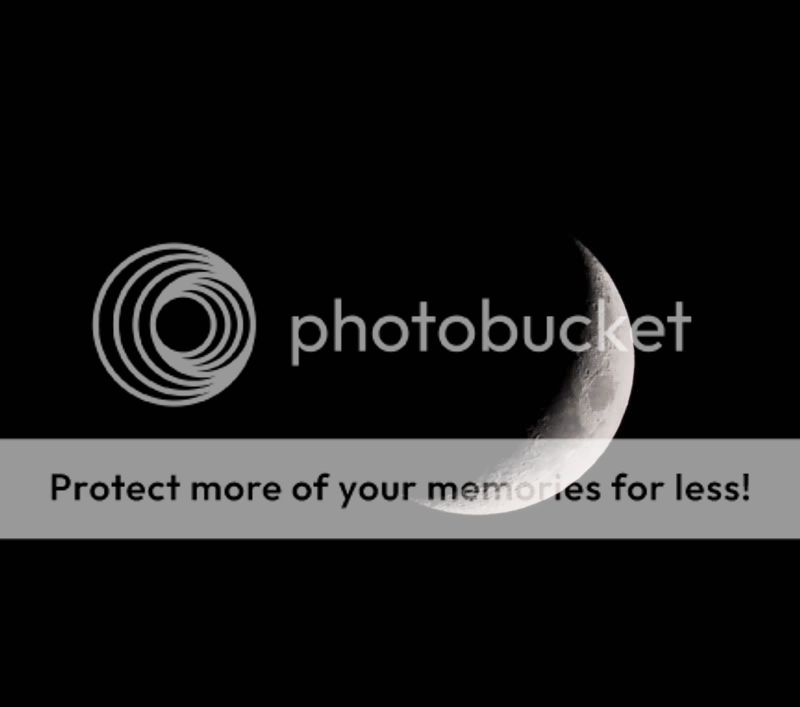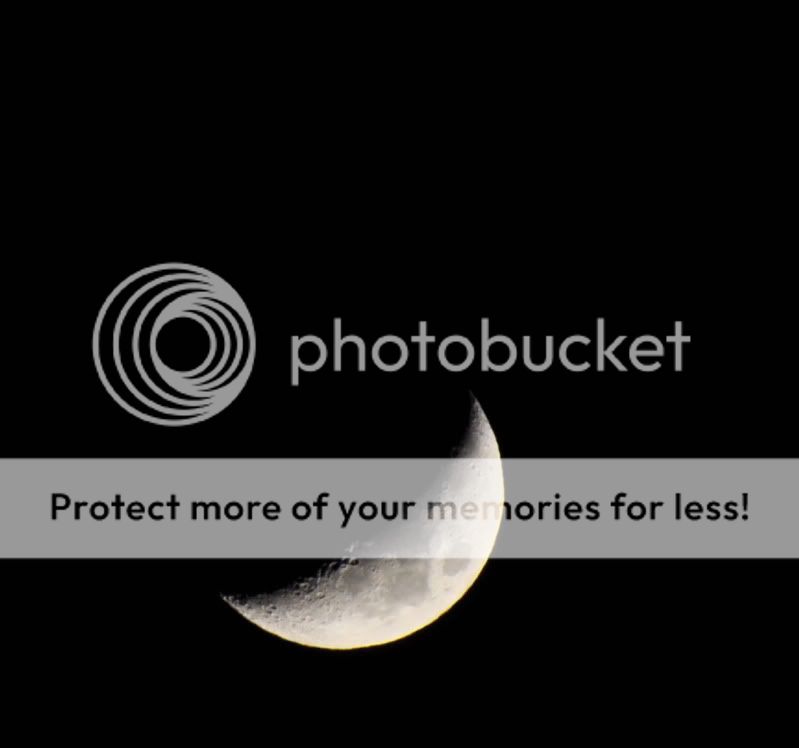nokili
TPF Noob!
- Joined
- Sep 16, 2009
- Messages
- 98
- Reaction score
- 2
- Location
- Albuquerque New Mexico
- Can others edit my Photos
- Photos OK to edit
Hey guys and gals!
I just got my Sigma 70-300 and wanted to try it out on the moon, the first one is from last night and the second from tonight. Don't know what one i prefer, anyway and suggestions/comments would be greatly appreciated!
1)

2)

I just got my Sigma 70-300 and wanted to try it out on the moon, the first one is from last night and the second from tonight. Don't know what one i prefer, anyway and suggestions/comments would be greatly appreciated!
1)

2)















![[No title]](/data/xfmg/thumbnail/32/32926-ec27ecead8c80d803404500d8f888dbf.jpg?1734162683)